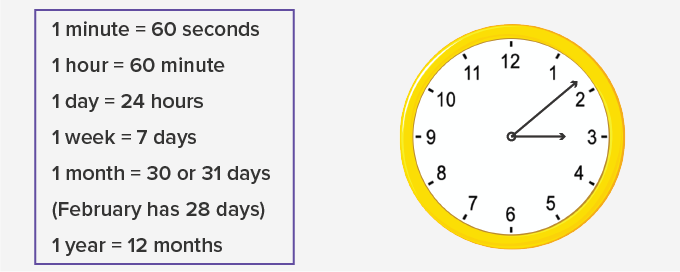
When running your Agile project, you don’t necessarily have to use Story Points if you prefer to estimate in hours. To help you work through any issues you might experience, here’s a quick Q&A about Story Points. Using Story Points may take a little time to get used to, but they can save you valuable time once you adopt them into your processes. Common questions about Agile Story Points You’ll move them from the backlog into a Sprint in the order that makes sense, ensuring that no one person or team has too many high-effort Story Points in one Sprint. Once your Story Points are assigned, you can begin assigning tasks to a specific team or resource. Webinar: What's Keeping Marketers From Going Agile?

Using these numbers to represent a range of hours or effort is generally faster than calculating the exact time it can take (depending on several variables).ĭatasheet: The Agile Marketing Cheat Sheet Lastly, pushing the field live might only take seconds, so it gets a 0.

Testing the field is straightforward but could require some tweaking, so it gets a 0.5. Duplicating the field might be an easy task, but doing this across 30 pages will take time, so it gets a 2.

Once you know there are ten services to build this logic for, your team might realize this is a task that requires medium effort and assign it a 5. When you meet with your team, you might quickly determine that building the conditional logic will take the most time. Next, look at your backlog and start estimating.įor instance, let’s say you have the following tasks in your backlog:īuild contact form with conditional logic based on X amount of services selectedĭuplicate this contact field across 30 pagesĮach of these four tasks needs to be estimated. Establish a key and range of hours to match to your Story Points. For example, in your company, 0 might equal 15 minutes or less, 0.5 might equal one hour, 1 might equal up to five hours, and so on. However, deciding on Story Points is usually much easier and more accurate.īefore calculating your Story Points, you’ll need to assign approximate values for each point. Many people think estimating Story Points will take just as much time as calculating hours. Another option is to use a simple doubling of numbers: 1, 2, 4, 8, 16, 32, etc.

A 20-point task would be four times the effort of a 5-point task, for example. Although 20, 40, and 100 aren’t numbers in the actual Fibonacci sequence, many teams use these for quicker mental calculations. Story Points typically are listed in a Fibonacci type of sequence (i.e., 0, 0.5, 1, 2, 3, 5, 8, 13, 20, 40, 100), so the numbers are far enough apart from one another to be easily distinguished when making rough estimates. Rather than come up with a time estimate that might be more of a guess than based on actual effort, you would assign Story Points to denote how much effort the task work requires, in comparison with other tasks in your Sprint or your Backlog. It can be hard to look at a task such as “build a wireframe for X webpage” and know the exact amount of time it will take. Essentially, Story Points take the place of hours when estimating tasks in an Agile environment. A Story Point is a measurement unit that represents the amount of effort required to complete a task.


 0 kommentar(er)
0 kommentar(er)
